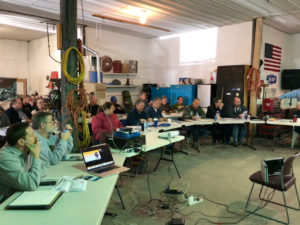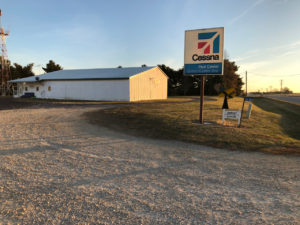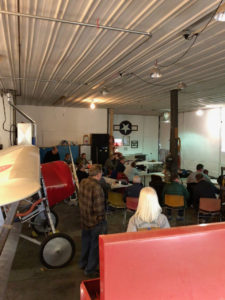The FAA issued AC 90-66B in March of 2018. The AC is available on the FAA.gov website and is a much-needed update to the outdated -66A. A few items of note:
Several instrument approach items are clarified. Aircraft on an instrument approach DO NOT have priority over other VFR traffic, and circling approaches should always be left-hand turns unless the procedure states otherwise (9.6.1). When an aircraft on an instrument procedure is announcing their position, they should not use IFR terms, waypoints, etc. Remember that VFR pilots may be unfamiliar with the terms or locations and/or may not have the publications to look them up. Announce your location and intentions just like a VFR aircraft.
Another it is the use of “any traffic in the area, please advise.” I really don’t know why pilots keep using this phrase when the AIM specifically states that pilots should not use it when arriving at non-towered airports (AIM 4-1-9)g)). This has been in the AIM for decades. This is phrase is also in the note for paragraph 10.3.1 in the AC.
The preferred and alternate methods for entry when crossing midfield on plainly detailed in figure 1. The recommended pattern is 1,000′ AGL, not 800′ (11.4). Turning crosswind when staying in the pattern should happen beyond the end of the runway and within 300′ of pattern altitude (11.8).
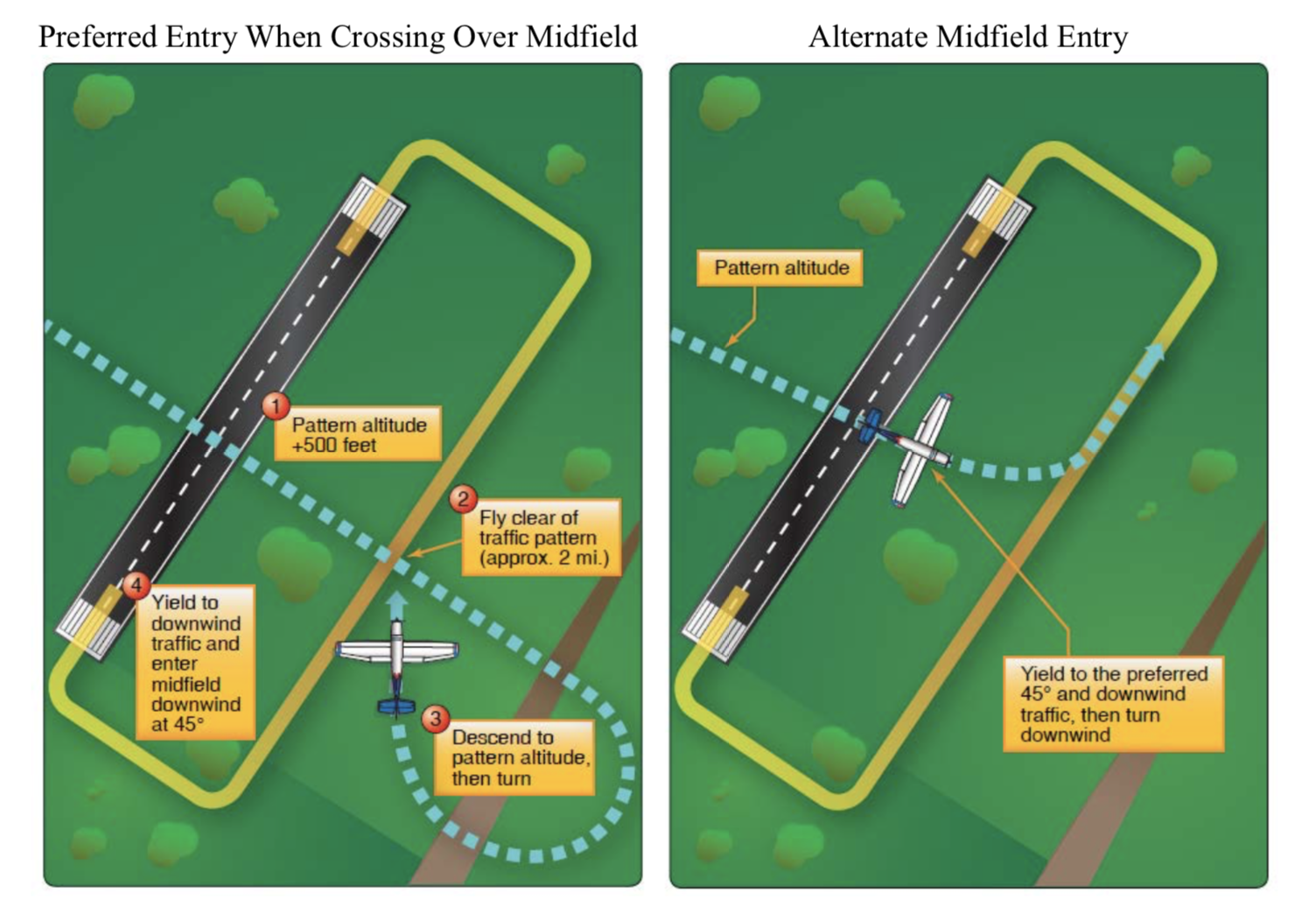

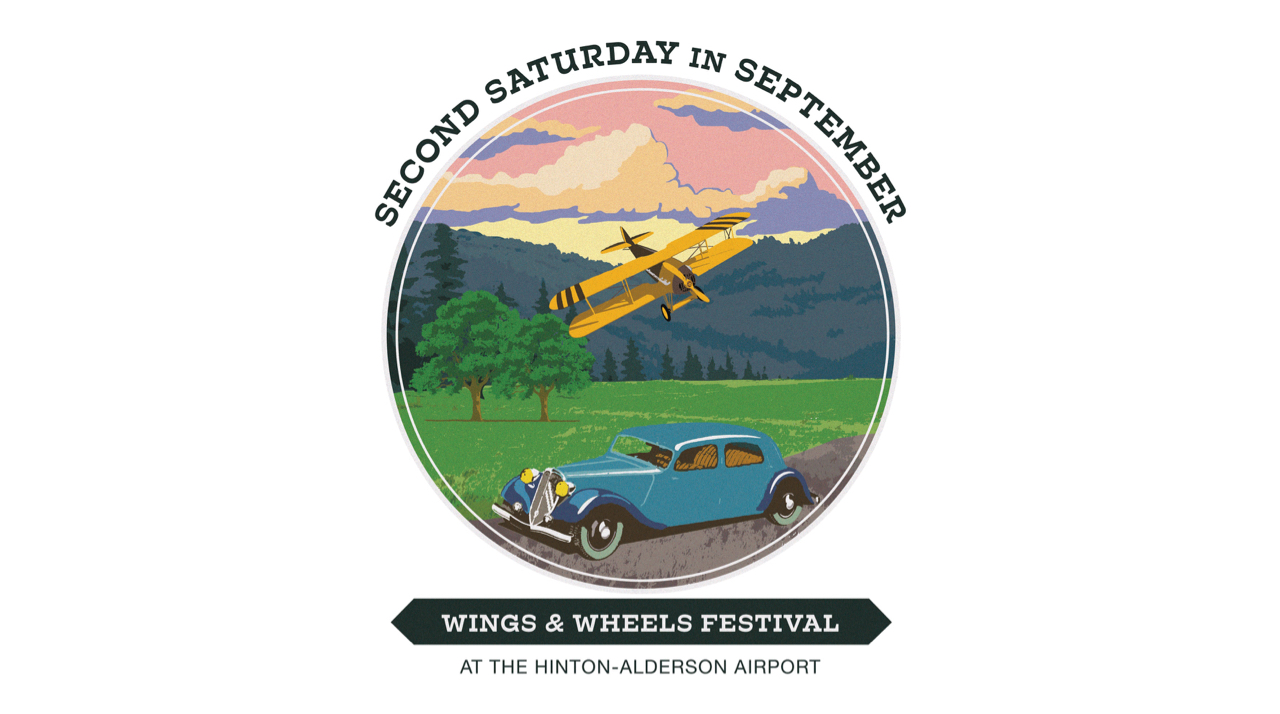
 ground rushing up at you! Check out the takeoff above. This was in my Cessna 170B, but the profile is for a DA-40. The ForeFlight™ Glide Advisor, noted in the green, depicts the furthest point that you could glide with the proper technique. The GPS altitude at the bottom right is pretty close to AGL as this airport (KPHF) is close to sea level. So about 300′ doesn’t look good for turning around. The screenshot below is about 500′, and still, the glide doesn’t look too promising for a turn back
ground rushing up at you! Check out the takeoff above. This was in my Cessna 170B, but the profile is for a DA-40. The ForeFlight™ Glide Advisor, noted in the green, depicts the furthest point that you could glide with the proper technique. The GPS altitude at the bottom right is pretty close to AGL as this airport (KPHF) is close to sea level. So about 300′ doesn’t look good for turning around. The screenshot below is about 500′, and still, the glide doesn’t look too promising for a turn back
